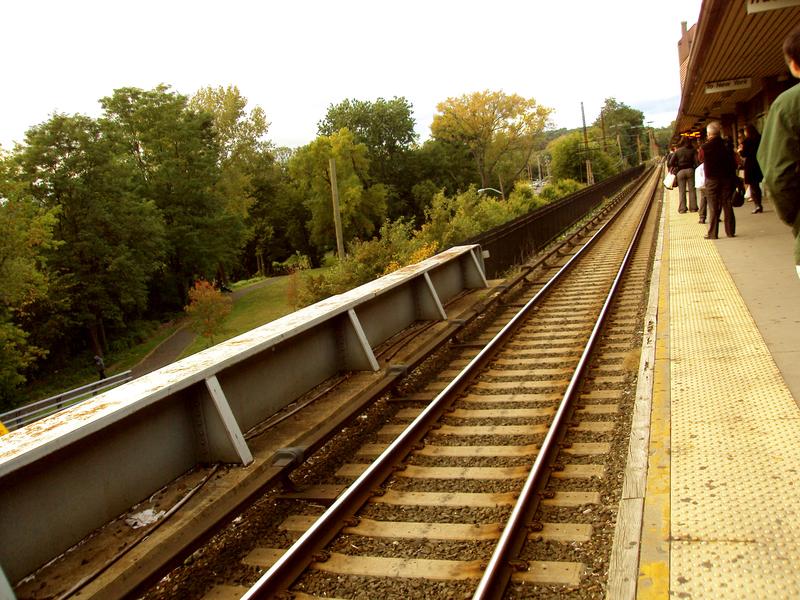 Transportation Nation
Transportation Nation
Sleep Derailed: Fatigue Plagues Train Workers

Investigators digging into December's fatal Metro-North crash haven't yet determined the cause. But one thing is clear: the engineer at the controls, William Rockefeller, had severe undiagnosed sleep apnea.
Rockefeller was tested for it after telling National Transportation Safety Board investigators: “It was sort of like I was dazed, you know, looking straight ahead, almost like I was mesmerized."
Fatal crashes on commuter railroads are rare. But as the National Sleep Foundation learned when it surveyed people who work in transportation, deep exhaustion...isn’t.
“Two-thirds of the train operators and one-half of the pilots said they rarely get a good night’s sleep,” said Dr. Helene Emsellem, a board member at the foundation. Another finding: Eighteen percent of train operators reported having a “near miss” at some point in their careers.
Anthony Errante, who drove a New York City subway train for 30 years, was one of them. “It’s hard to try to stay awake,” he said. “It’s like, you’re awake, but you’re not awake. You know, you’re moving, you’re there, but everything starts to get hypnotized.”
Errante said that one time in the 1980s, when he was at the controls, "I’m going around a curve, I started to get a little..." mesmerized. "And then the curve woke me up,” he said. “I woke up, and I slowed down."
William Rockefeller's fatigue wasn’t just regular sleepiness. When someone has sleep apnea, their airway closes dozens — even hundreds — of times a night, and they stop breathing for up to sixty seconds. They wake up enough to take a deep breath, and fall asleep again. They’re not getting the good, solid sleep humans need to restore their physical and mental function.
The MTA is already screening subway and bus drivers for sleep disorders like apnea, and last month announced plans to begin screening all “safety-sensitive” workers at Metro-North. But sleep issues for shift workers go beyond sleep apnea. Two weeks before the crash, Rockefeller’s work schedule had changed drastically. He'd been switched to early mornings, after working nights for more than two years, clocking out as late as 2:30 am. That kind of backwards move, counter-clockwise through the day, makes people uniquely exhausted, said Russell Sana, the head of Harvard University's Division of Sleep Medicine. “And the body does not adjust within a two week period, to a full alertness at that 7 o’clock in the morning.”
Fatigue issues have been on the radar of transit regulators for years — with little impact. In 2008, the number of hours workers could be on duty was reduced, but many other aspects of fatigue were left untouched. A new bill (pdf) in Congress would make so-called fatigue risk plans and predictable work and rest schedules mandatory for railroads, including Metro-North.
Meanwhile, regulators have been discussing screening for sleep disorders for a decade. In 2004, the Federal Railroad Administration put out an advisory to "alert the railroad community to the impact of sleep disorders." But the memo had no teeth, issuing only recommendations — not required changes. A year later, the agency released a major report (pdf) on safety standards for railroad workers. Its findings: of the 50 accidents caused by worker health, sleep was a factor in 41 of those cases. In 2006, the agency established a working group to create new medical safety standards, like screening for sleep problems. The group met sixteen times over five years, but never issued even draft proposals.
Anthony Errante says any late night or early morning train ride shows what drivers — and regulators — are up against.
“Look at the people on the train, when you’re on the train, they’re all sleeping. Well, what do you think I want to do,” he said with a laugh.